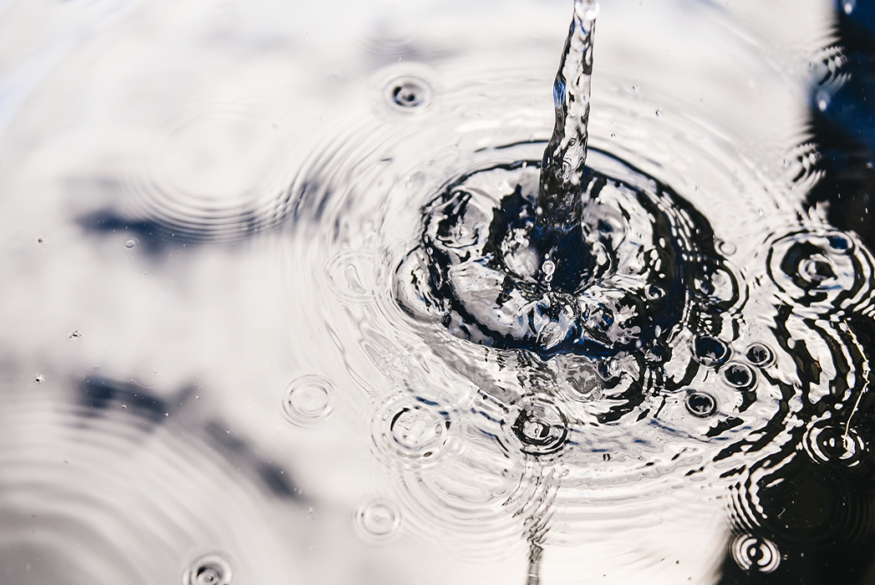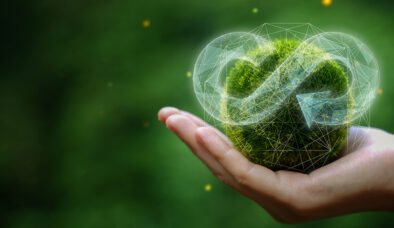Rain, Rain, Stay Here: Commercial Rainwater Harvesting
Sometimes, a property team must seek out sustainability initiatives or energy-saving solutions. Sometimes, they fall right from the sky. Rainwater harvesting is a valuable and cost-effective sustainability strategy and one that can make a big difference in the bottom line.
Why Should I Harvest Rainwater?
Beyond the potential for recycling the water for landscaping, rainwater should be harvested because of its unique qualities. Not only is it salt and acid free, but, unlike groundwater, it is not hard water, and its absences of chemicals can prevent corrosion on equipment. Rainwater is also free. In regions that are prone to drought, a free source of water can be a monetary asset due to the rising cost of water.
Harvesting rainwater can also help prevent erosion around the property and provide your property with a recycled water source.
What Can I Use Rainwater For Besides My Landscape?
Rainwater is obviously useful for the organic areas of a property, but there are other systems that can benefit from rainwater harvesting. Rainwater can be used for fixture flushing, which not only drives monthly water use cost down but also helps conserve water. It can also be used in cooling towers to restore water lost to evaporation in blow-down cycles. Since rainwater is “soft water,” it is more efficient when used in a cooling tower.
Rainwater can also be used in day–to–day practices such as equipment and vehicle washing. Whether it is used as a part of a company service like a carwash or just for the upkeep of an engineering team’s equipment. Property laundry could also use rainwater as a supplement. Using rainwater for cleaning can reduce waste and cost.
Finally, rainwater harvesting is a stormwater Best Management Practice. In many cases, you can integrate a rainwater harvesting system into your existing stormwater management system or fire suppression system.
Where Do I Start?
Rainwater harvesting systems are highly dependent on their building. It is important to measure the needs of the building where you intend to use rainwater. If it is an existing construction, measure how much water your landscape needs, draw the drainage paths and scout possible locations for rainwater storage. In a new construction, it will be easier to naturally integrate rainwater harvesting into the building systems.
It is also important to remember that rainwater is unpredictable and varies greatly by region, so it is important to look at the weather patterns and average rainfall in your area to ensure that this is a path that makes sense for your property.
Rainwater harvesting is not recycled water, reused water or reclaimed water. It is its own system that can both lower utility cost and add to your property’s sustainability initiatives. If rainwater harvesting makes sense for your property, you can potentially save thousands of gallons of water and help your property on its path to becoming LEED certified.
Sources: https://rainwatermanagement.com/pages/commercial-rainwater-systemsCommercial Rainwater HarvestingBenefits of Rainwater Harvesting for Commercial Buildings









